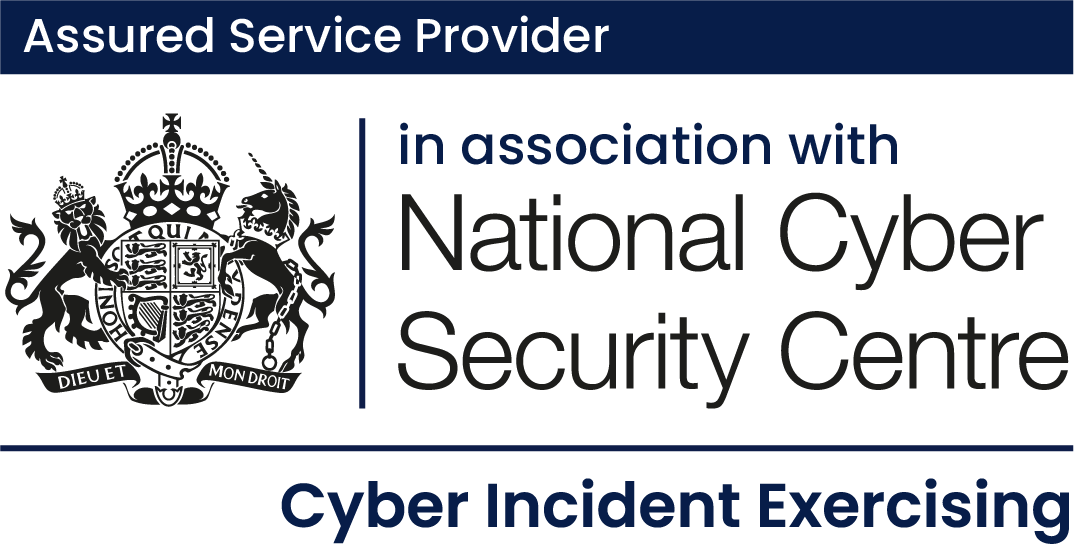In today’s rapidly evolving digital landscape, organizations face an ever-growing array of cyber threats. To stay ahead, many are turning to red team testing – a proactive approach where skilled cybersecurity professionals simulate real-world attacks to uncover misconfigurations, vulnerabilities, and inconsistent security behaviours. However, as with any initiative, red team testing carries its own set of risks. Effectively managing these risks through a risk management strategy is crucial to ensuring that the testing process not only strengthens security but also avoids unintended consequences.
Understanding the Scope and Objectives
Before launching a red team exercise, it’s vital to have a clear understanding of the test’s scope and objectives. Define what you aim to achieve – whether it’s identifying gaps in defences, testing incident response protocols, or evaluating the resilience of critical assets. This clarity will help you manage expectations, design a suitable test plan, and mitigate risks associated with scope creep, which can lead to unexpected disruptions.
Tip for clients: Engage stakeholders early in the planning process to align the red team’s objectives with the organization’s overall security strategy.
Mitigating Operational Disruption
Red team exercises often involve simulating sophisticated attacks, which can inadvertently disrupt normal business operations. To mitigate this risk, agreeing a defined methodology with the red team to understand critical elements within the business and where additional care needs to be taken is critical.
This is tricky to get right, as testing needs to demonstrate real world impact to have value to the organisation. A good red team wants to exercise an organisation’s detect, respond, and recover capabilities, as it provides a controlled situation to evaluate and improve those capabilities before a real-world adversary achieves the same level of access.
Furthermore, every risk management strategy should incorporate a clear communication plan with regular check points and out of band direct communication between the client and testers to minimise disruption and keep stakeholders informed.
Tip for clients: Test plans should include the risk management strategy; ensure your views and knowledge of your environment is taken into account during the drafting of the test plan, or during a risk workshop phase with your red team provider.
Ensuring Legal and Ethical Compliance
One of the biggest risks in red team testing is the potential for legal and ethical breaches. Unauthorized access to systems, data exfiltration, or crossing jurisdictional boundaries can lead to severe legal consequences and damage to an organisation’s reputation.
Tip for clients: Work closely with legal and compliance teams to ensure all testing activities are within legal and ethical boundaries. Obtain necessary permissions and ensure the red team operates with strict adherence to agreed-upon rules of engagement.
Protecting Sensitive Data
During red team testing, there’s a risk that sensitive data could be exposed, either accidentally or intentionally. Red Teams will spend a lot of time digging through corporate data repositories (colloquially known as ‘dumpster diving’) to identify valuable material that enable the test to continue. Whilst conducting this activity, the red team operator will often need to download the material first before opening it, and often they have no clue what material is inside a document they have decided to take beforehand. Unless explicitly required to, they will only take the bare minimum necessary to achieve their objectives, however inadvertent collection can still occur and can lead to exposure of sensitive material. This exposure can lead to data breaches, regulatory penalties, and loss of trust. Understanding how sensitive data will be handled in an engagement can be vital. Where Command and Control (C2) implant frameworks are used for red team engagements, ensuring they make use of strong encryption in transit is important. Equally important however is the consideration of the secure data handling of client material after it has been taken. Ensure red team providers have clear controls which define who will have access to the data, how long the data is kept for, and if the data is encrypted on the red team’s servers. If the material is sensitive and unrelated to testing, the red team should still make their client aware of its location so that suitable measures can be taken to remediate the issue.
Tip for clients: If sensitive data is found during testing, make a record of it. If it requires immediate remediation, then ensure you have a suitable cover story in place for remediating it, that does not expose the red team engagement. After the engagement conduct an audit to see how long it was exposed, who accessed it, and what controls are needed to prevent it from occurring again.
Planning for Incident Response
Even though red team testing is controlled, it is possible, and even likely that at some point the exercise could trigger an actual security incident, especially if the red team uncovers previously unknown vulnerabilities. Keep in mind the purpose of some of these tests is to exercise that response capability. Curtailing a response too soon robs the security team of valuable training and can undermine secrecy of the test – essentially wasting the effort, and cost, the business is investing in conducting the red team test in the first place.
Tip for clients: Understand your thresholds for when to curtail incident responses; balance this against the limitations from halting an investigation too early and the impact this has on exercising business process and incident playbooks.
Learning and Adapting
Finally, the goal of red team testing is not just to identify misconfigurations, vulnerabilities, and inconsistent security behaviours, but to learn from them and adapt. This requires a structured approach to analysing the findings, developing a remediation plan, implementing necessary changes, and continuously improving your security posture. This should extend beyond technical controls and include elements such as incident playbooks, staff upskilling and training opportunities, and policy adjustments.
Tip for clients: Establish a post-test review process where lessons learned are documented and shared with relevant teams. Use these insights to refine your security strategies and prepare for future red team exercises.
Conclusion
Cybersecurity red team testing is a powerful tool for identifying weaknesses and strengthening defences. However, the risks associated with such testing must be carefully managed to ensure that the exercise delivers value without causing unintended harm. By understanding the scope, mitigating operational disruptions, ensuring legal compliance, protecting sensitive data, preparing for incident response, and committing to continuous improvement, organisations can navigate the complexities of red team testing and bolster their cybersecurity resilience.
Remember, in the world of cybersecurity, it’s not just about identifying vulnerabilities – it’s about managing the risks that come with discovering them.















